The Monday After: How 'Wizard of Oz' might be calling out William McKinley
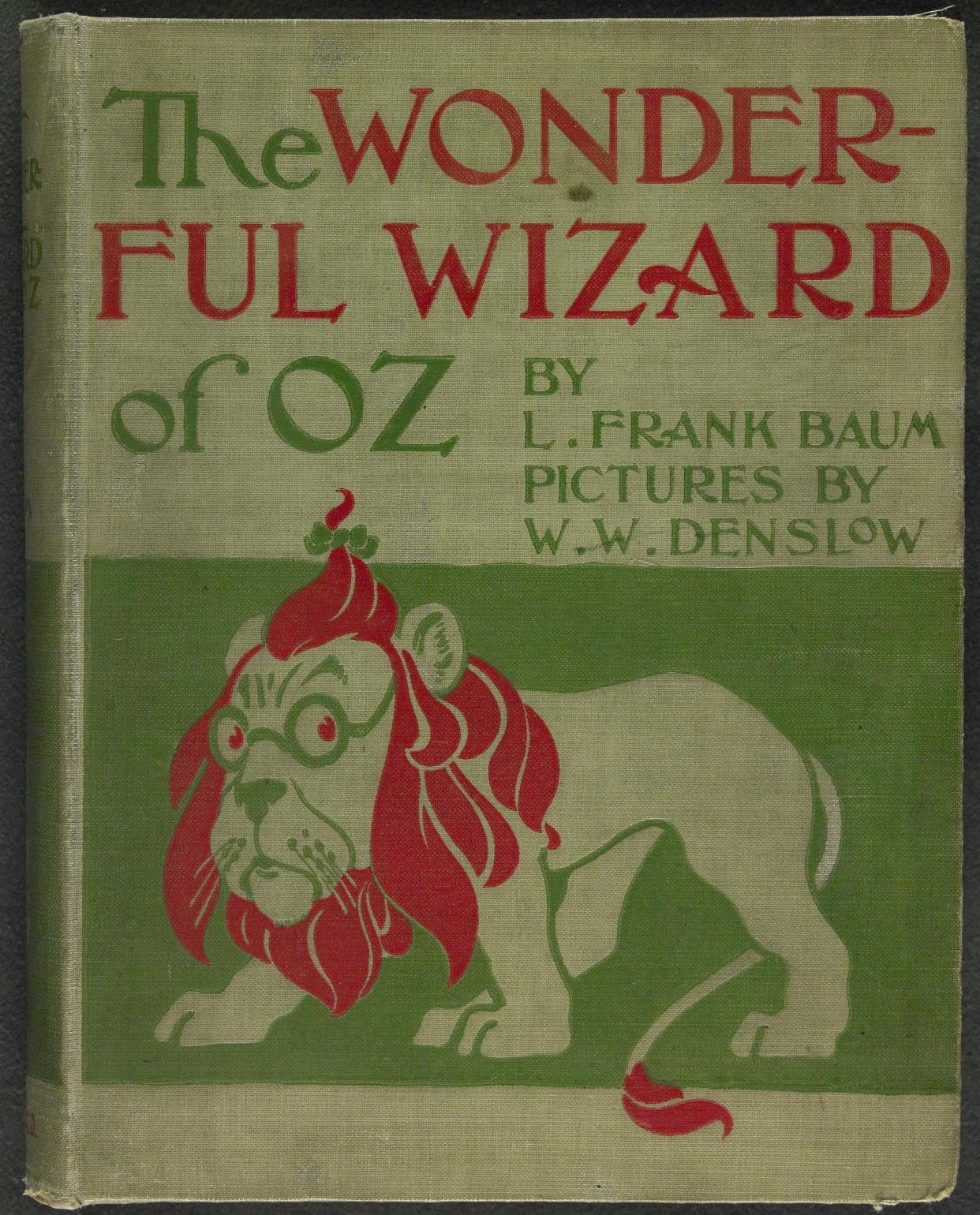
- Oops!Something went wrong.Please try again later.
- Oops!Something went wrong.Please try again later.
- Oops!Something went wrong.Please try again later.
Historians who are able to mingle politics with popular culture can follow the yellow brick road to the White House.
"The Wonderful Wizard of Oz" – some call him President William McKinley – lived there.
Most of us no doubt can recall the "Wizard of Oz" story from the traditional showing of the musical fantasy movie made by Metro-Goldwyn-Meyer. In that film, annually entertaining TV viewers from the 1960s to the 1990s, Judy Garland played Dorothy, Jack Haley was the rusty Tin Man, Bert Lahr was the Cowardly Lion and Ray Bolger was the Scarecrow in search of a brain.
Billie Burke was Glinda the good witch, Margaret Hamilton was the Wicked Witch of the West, and Frank Morgan played the part of the Wizard of Oz, the man behind the curtain, as we found out late in the film.
Historians studying the political world who read the children's fantasy book written by L. Frank Baum – "The Wonderful Wizard of Oz" was published in 1900 – saw it as an allegory for things relevant to the time in which he penned his story.
And they believe William McKinley was that man behind the curtain, pulling the levers and mouthing the Wizard's thundering words.
We were reminded of this by an article in the most recent newsletter for McKinley Presidential Library & Museum – "McKinley & The Yellow Brick Road" – written by Kait Bergert, the museum's collections manager.
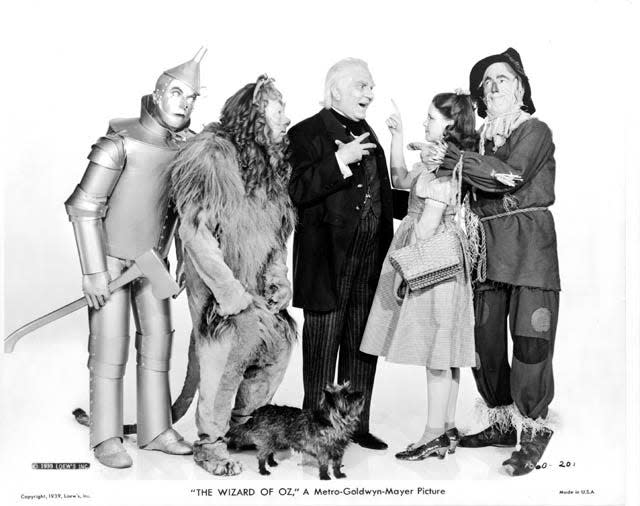
Critique of the president
"While the story is often seen as a whimsical fantasy, it also carries deeper commentary on the economic and political climate in late 19th Century America," Bergert wrote in the newsletter. "An ardent supporter of the Populist Movement, Baum's tale can be seen as a veiled critique of William McKinley's Gold Standard."
Bergert noted that Baum "created the characters of his book to represent different parts of American society," as well as to point out "the challenges they faced."
"Dorothy, the embodiment of the American ideal, is kindhearted, honest, and brave," Bergert continued. "The simple Scarecrow represents the American farmer. The weather-worn Tin Man is the industrial worker. The Cowardly Lion represents the leader of the Populist Party and champion of the free silver movement, William Jennings Bryan. Even the loyal dog Toto was representative of the Teetotalers or Prohibitionists, who also supported the free silver movement."
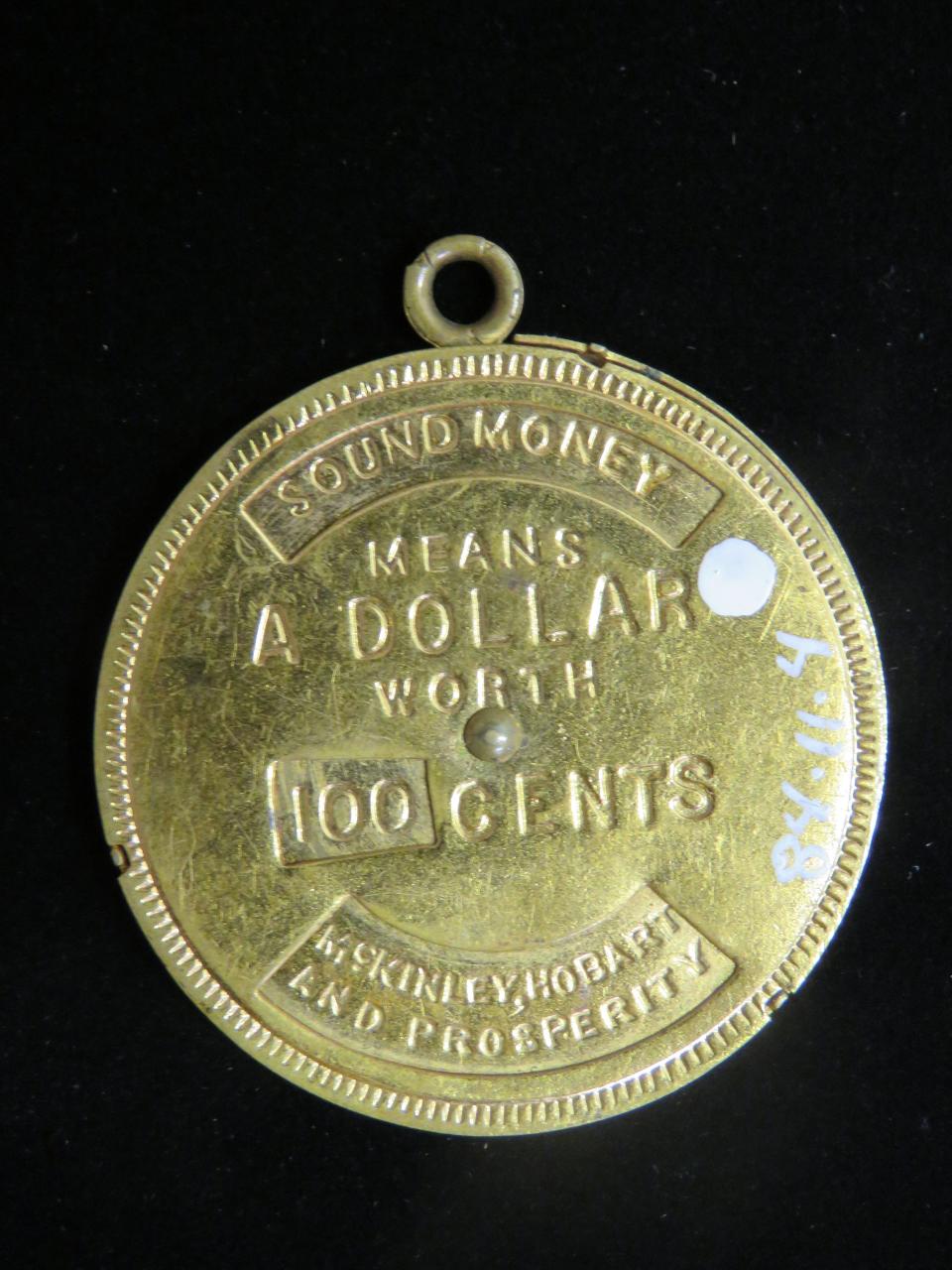
Interestingly, Bergert notes in her article, the slippers, which were a sparkling ruby in the film version of "The Wizard of Oz" to take advantage of new color filming techniques when it was made in 1939, were silver in Baum's book.
"Remember, the Witch of the West tells Dorothy to give back the slippers. 'I'm the only one that knows how to use them,’" wrote Bergert. "The subtext is that American farmers and laborers should give silver coinage back to the banks."
Following the Yellow Brick Road
Bergert noted that Baum's "feelings on the issue of bimetallism were obviously pro-silver."
Indeed, the road Dorothy and her companions follow – the Yellow Brick one – is a path filled with potholes and other indications of disrepair.
"Baum could have made the road out of dirt or any number of stone materials, but instead, his degrading yellow brick road is mean to symbolize McKinley's gold standard."
And when the travelers reach the Emerald City, in the movie, "the audience is shown glossy and shimmering shades of green."
"But, in the book, Dorothy and her friends are given green colored glasses at the gate that they must wear inside the city," wrote Bergert. "The glasses can be seen as Americans viewing the city and industrial commerce through the lens of 'greenbacks' or paper money. The fantasy metropolis of Oz even shares its name with the abbreviation for the measurement of precious metal – ounces or oz."
Why were the arguments over "free silver" so ardent, strong enough to make an author such as Baum espouse them in his turn-of-the-century book? One need only look back a couple of decades for the answer to that question, to the years after the Civil War when deflation and bank panics plagued the country, noted Bergert.
"American farmers, who made up 40 percent of the population, felt the worst financial hardships. ... As a solution the 'Free Kansas Movement' and later the 'free silver' movement advocated the unrestricted coinage of silver alongside gold. Proponents believed that expanding the money supply would ease personal debts."
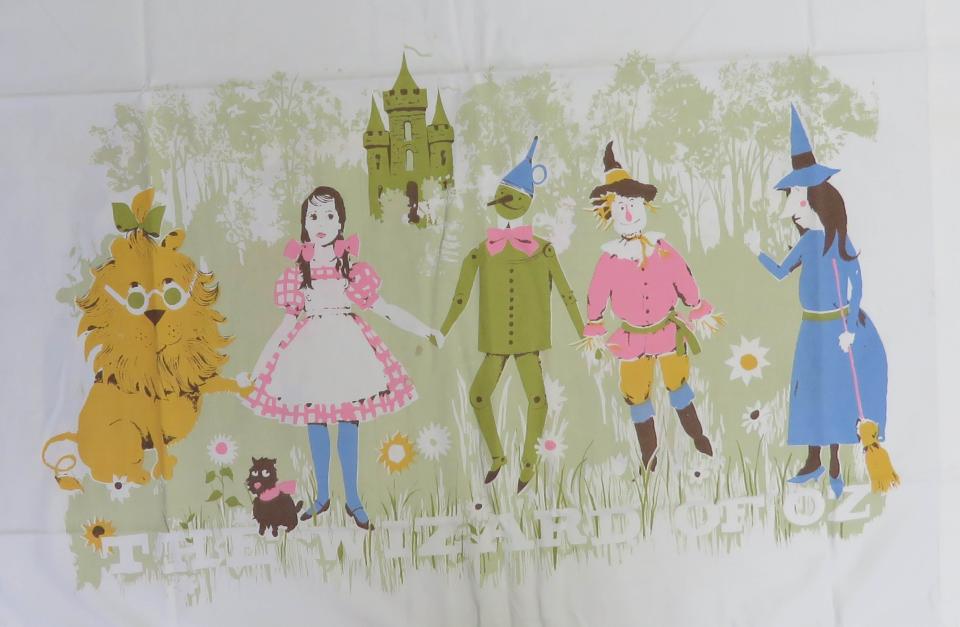
McKinley and the 'Gold Standard'
Bergert said that McKinley and his fellow Republicans preferred the Gold Standard, believing that "tying the value of currency to a tangible asset like gold prevented inflation, thereby protecting the purchasing power of individuals and businesses."
She pointed to a pair of the museum's artifacts used during McKinley's campaigns that provided evidence of that stance. The first was a campaign ribbon used by presidential candidate McKinley and his first vice presidential candidate Garret Hobart that promoted "Sound Money" in 1896. The second was a silk handkerchief from the 1900 campaign showing McKinley and his second vice president, Theodore Roosevelt, riding horses and bearing a flag promoting the "Gold Standard."
Why is all this relevent to today's political climate and the current economic system? Bergert provided an answer at the end of her newsletter article.
"World economics gradually shifted away from the Gold Standard toward more flexible monetary systems," she wrote. "This leaves us to wonder, if the bimetallism debate inspired a trip to Oz to what fantasy lands will Cryptocurrency take us?"
Reach Gary at gary.brown.rep@gmail.com. On Twitter: @gbrownREP
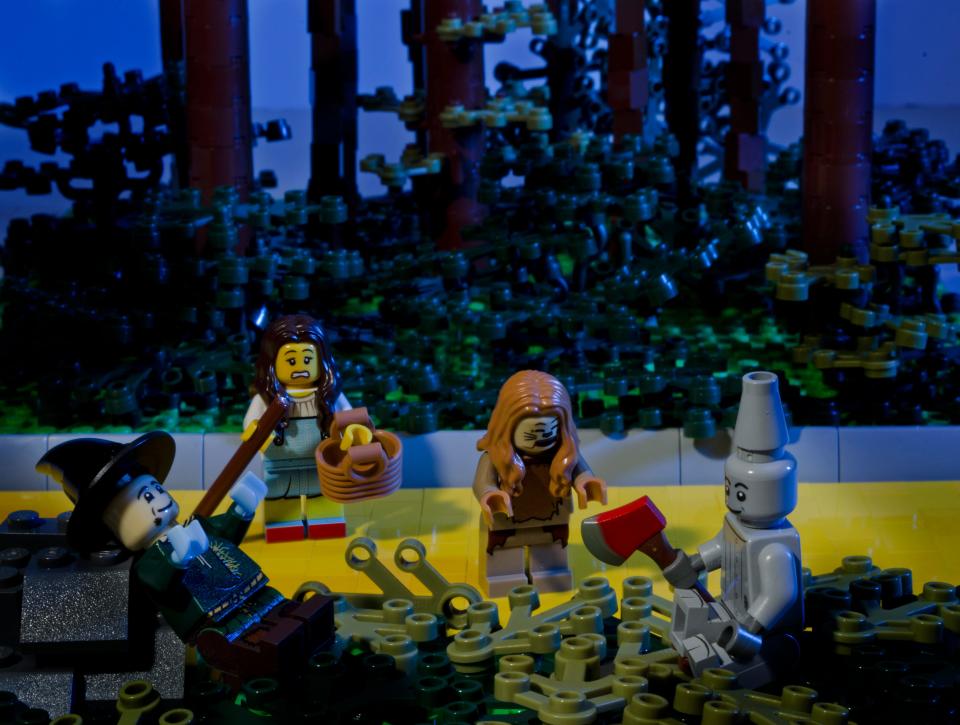
This article originally appeared on The Alliance Review: The Monday After: How 'Wizard of Oz' might be calling out William McKinley

